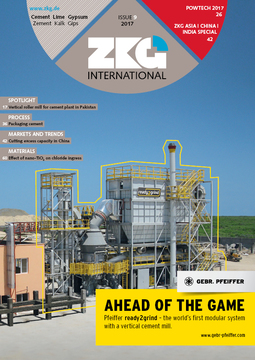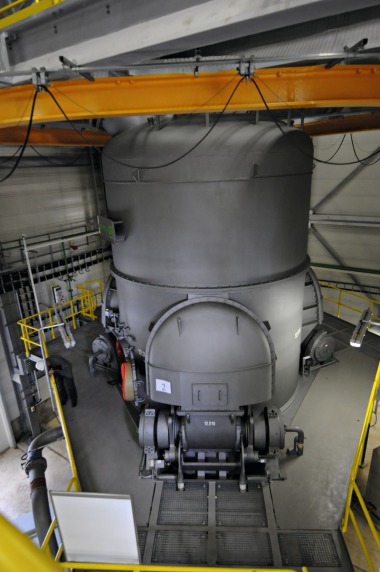Eagle prepares to take on VisMin infra projects
After securing the Securities and Exchange Commission’s nod to conduct its initial public offering, Eagle Cement Corporation (ECC) is preparing to take on landmark infrastructure projects in Visayas and Mindanao. The country’s largest Filipino-owned cement company based on sales volume, which currently manufactures and distributes its products in Luzon, intends to use the proceeds of its up to 9.2 billion-peso IPO to partially finance a new 2-million t plant in Cebu, its fourth production line. Apart from this new production hub, which can accommodate the same capacity of its Bulacan plant, Eagle is also setting up marine terminals in strategic areas to hasten deployment of products and better facilitate logistics.
The move comes as a form of future-proofing while Eagle prepares for the government’s Php 3.6-trillion infrastructure outlay from 2018 to 2020. Of the said amount, Php 31.5-billion is allotted for the Mindanao railway that will connect Tagum and Digos and Php 40.6-billion is allotted for the Davao airport. Other notable VisMin government projects include New Cebu International Container Port, the Matnog-Samar Link, Cebu, and Panay railways.
A 6-year horizon would further put the government’s total outlay at Php 8-trillion, going mostly to roads, railway systems, airports, and transport terminals. All are poised to increase the activity in construction- and its allied sectors, including cement manufacturing.
In 2016, domestic cement consumption already reached an all-time high of 26 million t. Local cement manufacturers only delivered 22.2 million t, while the 3.7 million shortfall came from mostly regional imports. Eagle Cement says that Visayas and Mindanao are still underserved markets and that a massive infrastructure program would put a squeeze to the cement supply. By 2020, Eagle Cement’s new Cebu plant would solely service these specific territories.
Eagle today
To date, Eagle Cement has two lines in its San Ildefonso, Bulacan plant with a total capacity of 5.1 million t or about 150 million bags per annum. A third line, which is already fully-funded and under construction, will be completed by the first quarter of 2018 – this would put Eagle’s capacity at 7.1 million t or 180 million bags per annum.
//www.eaglecement.com.ph" target="_blank" >www.eaglecement.com.ph:www.eaglecement.com.ph



